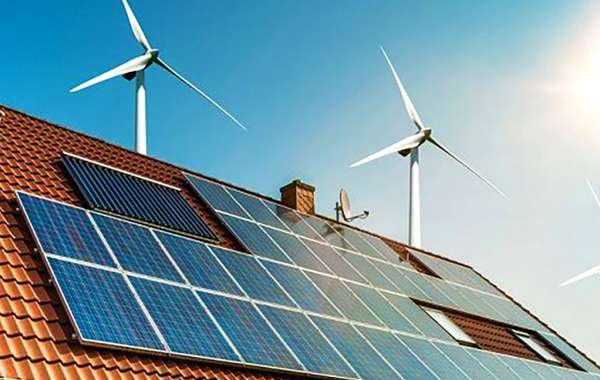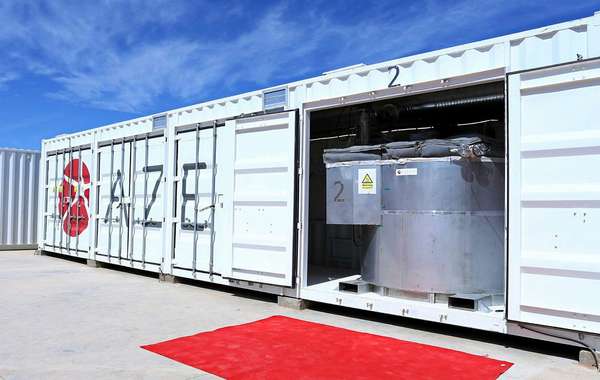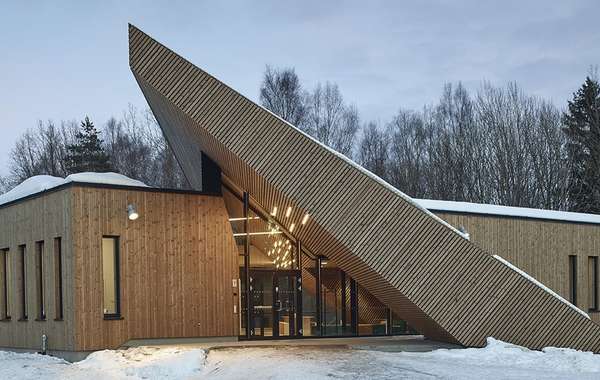What is the cleanest energy?
Despite how commonly the term ‘clean energy’ is used, there is actually no such thing. At least not in the power delivery market; there are only various levels of ‘dirty’ energy. Starting with the worst and moving up, that would in general be - coal, oil, natural gas and propane, wood and other bio-fuels, then moving on to the various forms of renewable energy, each of which has a negative footprint of some kind.
As an example - solar panels need to be fabricated using metal, plastics and certain rare earth metals that are in dwindling supply. Windmills have a similar footprint as they are made mostly of steel, along with fiberglass and plastics, and they are seated on a concrete base. Then and only then, can the ‘clean electricity’ be generated and delivered to your home.

How do I buy green energy?
Not everyone can afford a rooftop solar installation to ensure their own green power, and not everyone has a roof that can even accommodate PV solar panels.
US states and Canadian provinces will have varying levels of green energy that is fed into the grid from renewable sources, so depending on where you live, some people are automatically using renewable energy. For those in regions with a mix of dirtier fuel sources feeding the grid, there are alternative methods of ‘buying’ green power. US homeowners can reduce their home carbon footprint by purchasing Renewable Energy Certificates (RECs), and Canadians can purchase green power through Bullfrog Power, a green energy broker.
When you purchase what amounts to being 'green energy credits', what you are doing is paying a premium to ensure that an equal amount of renewable energy is fed into the grid to offset the energy consumption of your home.
If a utility claims that 25% of the electricity it provides comes from renewable clean sources, that could mean it has purchased RECs equal to that share of its power. Also, a business can purchase sufficient RECs to then claim that it is powered100% by clean energy. It’s murky for sure, but it is an incentive program that does have a positive impact on the kind of energy that is supplied.
Note - watch for a change in the economics of rooftop solar in the coming years as PV solar shingles such as the Tesla Solar Roof may actually be the cheapest roofing material over the lifespan of a building when reduced energy costs are factored.
What are RECs (Renewable Energy Certificates)?
The primary objective of the renewable energy-generation market is, of course, to provide low-carbon energy to run our homes, businesses and communities. Born of that service, is a valuable by-product - Renewable Energy Certificates. For every megawatt-hour (MWh) of power generated, the provider receives one REC, which it can then sell. Businesses wishing to improve their environmental footprint and social responsibility can then purchase those certificates in lieu of doing a solar installation for example, and arrive at the same net result, of being powered by clean energy.
Despite the reluctance of some governments to force emission reduction through legislation, fossil fuel use is in decline due to market influence, because extraction is becoming more difficult and expensive. We have already harvested most of the ‘low-hanging energy fruit’, in that the oil close to the surface has pretty well been tapped dry. The same has happened with coal extraction, and now the tops of mountains are being blown off to access coal, bringing with it devastating ecological and human health impacts.
When you add to that equation the efficiency improvements and continually-dropping prices of renewable energy and RECs, it is possible for countries such as the US to see a significant drop in its carbon emissions.
So when you purchase clean energy, you have not only reduced your own carbon footprint, you have contributed to the creation of a by-product (REC) that provides a market incentive to develop and generate cleaner power solutions. And there is no shortage of potential sources - such as tidal power generators, wave generators, and water-main turbines that can generate power under your feet while you stroll down a sloped road.

How do you know if your electricity is clean?
The way the power grid operates makes it impossible to actually determine how much, if any, of your home electricity consumption comes from clean and renewable energy sources. The reason is that the power grid operates as a bit of a free-for-all, not unlike a potluck dinner where everyone contributes what they have and we all gorge ourselves.
And just as your plate may hold a salad with some locally-grown greens sitting beside some beef raised on a burnt rainforest in Brazil, your power could come partly from a solar farm and partly from a coal-burning power plant.
In general though, the power you draw comes from the closest source. So if you live near a hydroelectric dam, it’s a safe assumption that most of the power you consume would come from there.
Corporate responsibility and green marketing
Renewable Energy Credits in the US power market, and Bullfrog clean power in Canada are essentially awareness programs that put energy production in the spotlight. An individual homeowner who supports these steps is leading by example, but the real target is the big money.
To appear socially responsible is an essential component to corporate marketing strategies in this day and age, and while it can be argued that marketing expenses get passed down to consumers, this is at least a commendable way to spend them.
Now you know how to purchase renewable clean energy in the US and Canada read about how to lower your carbon footprint and build sustainable and energy efficient homes in the Ecohome Green Home Building Guide and in the pages below:
Find out about the benefits of a free Ecohome Network Membership here. |




























Comments (0)
Sign Up to Comment